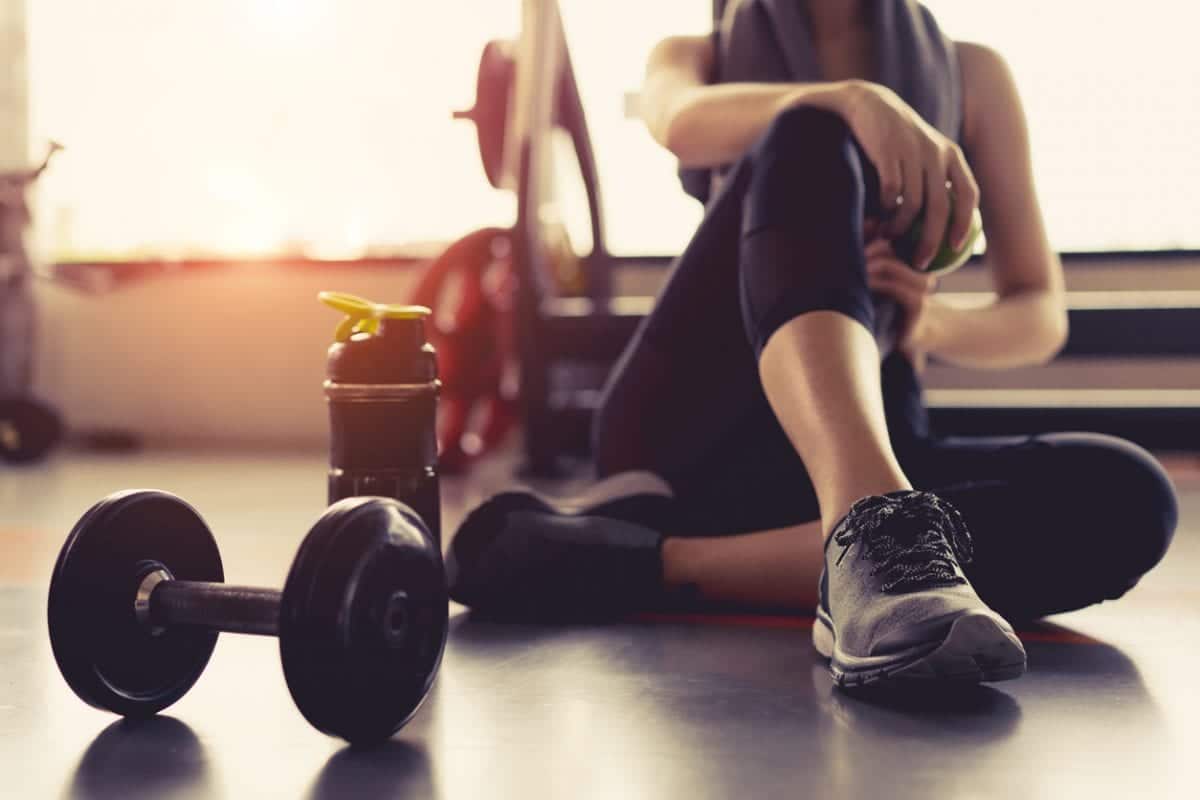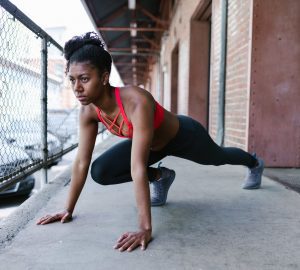When you decide to embark on a fitness program, you need to take specific physical measurements as a baseline. Without these physical metrics, you won’t be able to track your progress.
Knowing if you’ve made any improvements, are stuck, or are gaining weight, allows you to decide what to do moving forward. If you’ve achieved a milestone, you’re likely to get more motivated. On the other hand, if your numbers are increasing or not making any difference, it’s time to revisit your fitness program to make some changes.
Ideally, you need to measure the different parts of your body. But apart from a weighing scale and tape measure, you also need to keep track of internal processes.
1. Your Blood Sugar Or Glucose Levels
If you’ve recently decided to become active after years of leading a sedentary lifestyle, it’s better to schedule an appointment with your physician who’ll likely recommend having your blood sugar levels taken. This is especially true if you have an underlying health condition.
Low blood sugar levels can impact your workout routine. For instance, physical exercises can reduce blood sugar levels. If you have low glucose while exercising, your oxygen levels may also drop, and you might pass out.
If you have diabetes, you’d need to measure your glucose levels often using a portable CGM device, especially if you’re in the gym or performing outdoor activities.
2. Other Tests
Through various blood-related tests, you’ll find out whether you have underlying problems such as heart disease, high cholesterol levels, renal dysfunctions, hormonal imbalance, and other health-related issues.
Stress tests and other procedures may help your physician determine your cardiovascular and pulmonary strength and endurance, perfect for when you’re planning to include specific physical exercises in the program.
3. Taking Physical Measurements
Take out your weighing scale and a soft tape measure. Buy a notebook and write down the figures that denote the following:
- Arms – Take the tape around your biceps. Make sure to measure in the same area each time to be more accurate.
- Bust or Chest -You may need some assistance on this one. To measure properly, lift your arms and run the tape around your chest. Lower your arms and take the measurement.
- Calves – Look for the widest part of your calf and measure it.
- Hips – Locate the fullest part of your hipbones or buttocks and measure it.
- Shoulders -Maintain proper posture and place your arms on your sides. Measure your shoulder from tip to tip.
- Thighs -Find your middle thigh and wrap the tape around it. Do this for both your left and right upper legs.
- Waist -Your waist is typically located slightly above your belly button, or the smallest part of your tummy area.
You can measure these areas before your fitness program starts and every week thereafter. Remember that changes in your body will be felt fastest on the hips, chest, and waist, so make these your focus areas. Be accurate by measuring on the same spot and under the same circumstances each time.
4. Body Weight
Before using a calorie intake calculator, take out your weighing scale to determine if your numbers are within the normal levels or if they need to be reduced. Your weight is an important indicator of how much work needs to be done and which exercises or elements need to be integrated into your fitness program.
5. Body Mass Index
Your body mass index is calculated by dividing your weight by your height. A BMI result of 18.4 and below means you’re underweight, while a normal BMI runs from 18.5 to 24.5. If your BMI score ranges from 25 to 29.9, you’re overweight. Obese individuals are classified as those with BMI scores higher than 30, according to the National Institute for Health (NIH).
6. A Before And After Photo
Apart from getting your physical measurements, you can also take photos of yourself for better motivation. Stand in front of the mirror while wearing body-hugging clothes. Do it once every week as evidence of your transformation.
7. Number Of Exercise Repetitions
Sometimes, progress may be quantified with the number of repetitions you can do without feeling severe pain.
So, before embarking on a new or modified fitness plan, record the number of push-ups, pull-ups, and sit-ups you can do. If you want to measure flexibility, bend and touch your toes, or flatten your palms on the floor. For planking or running, write down your longest and shortest finish times, respectively.
The Bottom Line
These metrics will help you determine whether you’re on the right track or need to make some tweaks to your fitness program. Don’t worry if your numbers are nowhere near the normal range. Instead, take this as an opportunity to improve your well-being.
If you’re not making any progress months into your fitness journey, don’t fret, as this could just be a temporary setback. Don’t lose your motivation and keep getting better.








